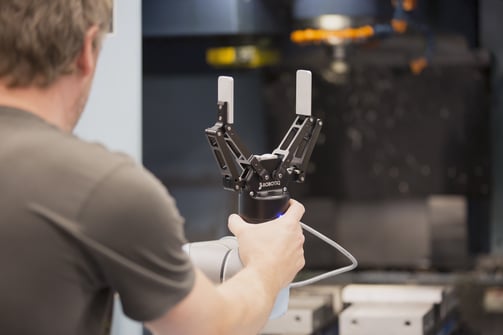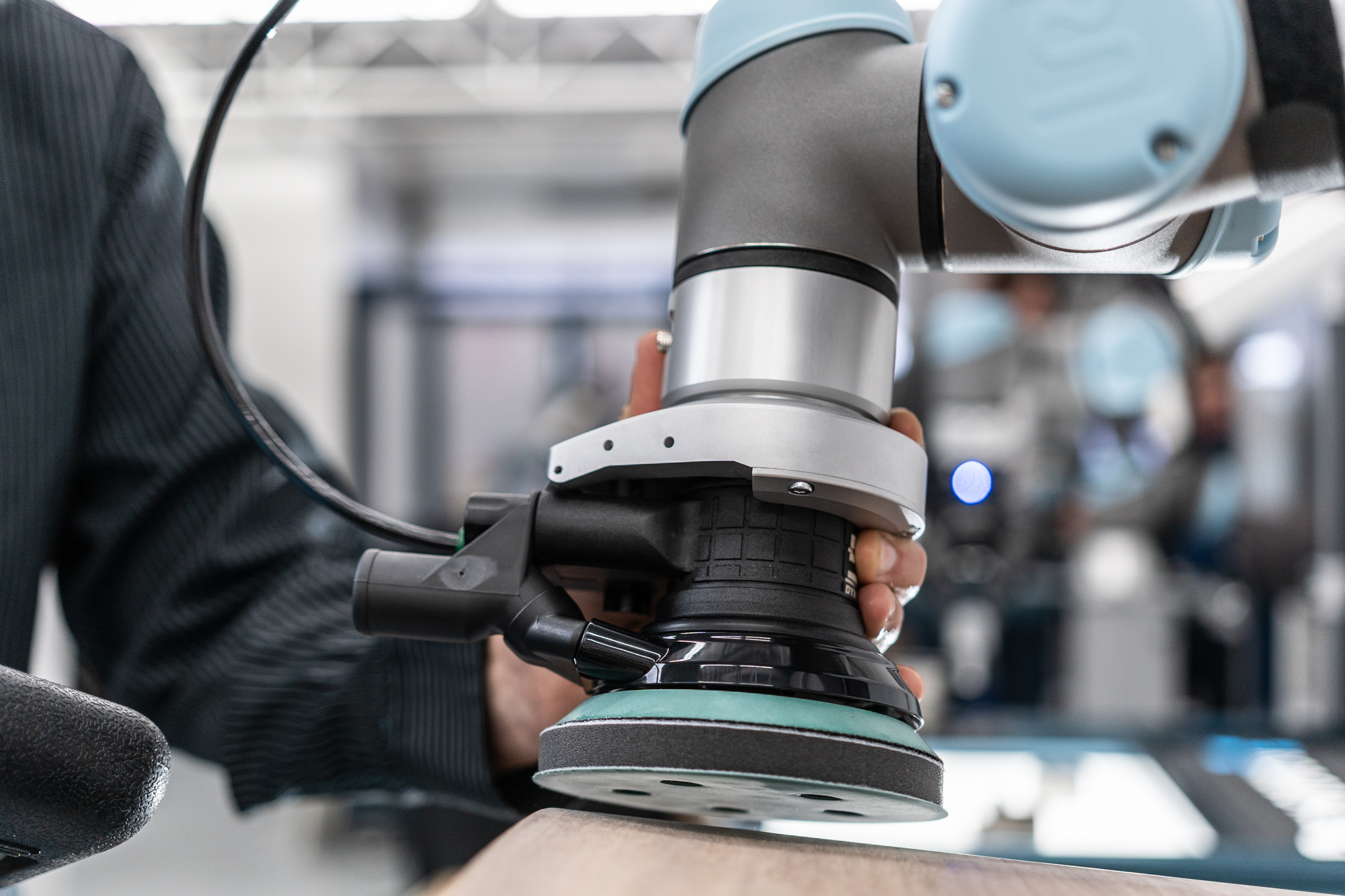Collaborative Robot = Fast Payback

Posted on Nov 24, 2015 7:00 AM. 4 min read time
There are several factors that are limiting companies from getting into automation. However, the primary one is often money. In fact, you need to justify your investment in automation by an increase in production rate or in quality. The best way to calculate this payback is to use Return On Investment (ROI). This metric has been use by several robot manufacturers to prove how fast a robot can be paid back. At some point I wondered: ''Why do collaborative robots have a faster payback or ROI than other robots''? Well let's find out.
You have probably already seen videos claiming how fast the ROI was and how easy it is. Tell me if I am wrong, but none of these videos really explain what they are doing to justify this payback. Here's an example of one such video. This is not to say that they are wrong about their fast payback; just that if you want a more detailed analysis, keep reading.
So, Rapid-Line has refund their robot in 4 months. Great! But what is the explanation for such a fast payback? When estimating the payback for a CNC machine for example, you are calculating the profit that is made from each part that is produced, plus analyzing the number of parts that have to be finished and sold before refunding the initial price of the machine. If you have maintenance to do on the machine, your payback will be a little longer. Anyway, it is quite straightforward to do this calculation.
Now for a robot, how can you justify your payback? Most of the time, a collaborative robot will be a little slower than a human and will require safety devices or other fixtures to make the whole cell functional. So how can you justify buying a collaborative robots for your manufacturing process.
Night Shift
The robot can continue working through a night shift, d time, smoke break or holidays, since the robot will just continue to work until it has no more parts to work with. This is one of the main advantages of having a robot. However, this is not specific to collaborative robots. This is true for all type of robots. So the question remains. Why do collaborative robots have a faster payback or ROI than other robots?
Fixtures
Collaborative robots are flexible and easy to use, they can be fitted with many different kinds of tools that also are flexible; such as the 2-Finger 85 Adaptive Gripper. These collaborative cells can use fixtures that are usually used by humans. Plus the fact that collaborative robots are force limited, they can sense what they are doing. The best example would be a collaborative robot opening and closing CNC machine doors (see video below).
To make a long story short, fixtures do not have to be totally redesigned to be adapted to a cobot. You can basically use existing fixtures, doors, tables and machine interfaces that are already used by human workers. This means big savings when compared to industrial robots that require complex fixtures, automatic doors, custom tooling, custom robot stands, etc.
No Fencing
A collaborative robot does not require large safety fences, light curtains, proximity switches or other safety devices. In fact, it can usually work alongside humans without any additional safety features. The fact that they have built in sensors so that they can sense their environment makes them safe enough to work next to their human coworkers. Thanks to their force sensing abilities and sometimes vision systems, they are able to reduce or eliminate the severity of impact and possible injury to coworkers. Notice that all robot applications require a risk assessment regardless of whether or not it is collaborative.
But with collaborative robots, this means that you are reaping a pretty large savings by not needing to buy or add on these safety features. Notice that a collaborative robot and an industrial robot (without safety features) of the same payload and the same reach are basically at the same price point.

Flexibility
Collaborative robots can do a lot of stuff, you are not buying a robot for a given application only to throw it away once you are done. It can be repurposed, relocated, reprogrammed and ready to start another application within a couple of hours.
Programming these robots is relatively easy and becoming easier all the time, as an example, see the blog on the palletizing wizard from UR. Most collaborative robots can be taught how to perform a task by manually moving it and recording the motion which does not require strong programming skills. This means you can use the knowledge of your internal workforce to program the robot, you do not need to use a third party to program it or to hire a robot programmer.
So what do you think? Do you still need to argue with your boss over the cost of a cobot? If so, you may want to take a look at the ROI calculator we have put together. It is specific to robotic applications and you can even compare your potential application with an example we have set up.
Related Articles:









Leave a comment